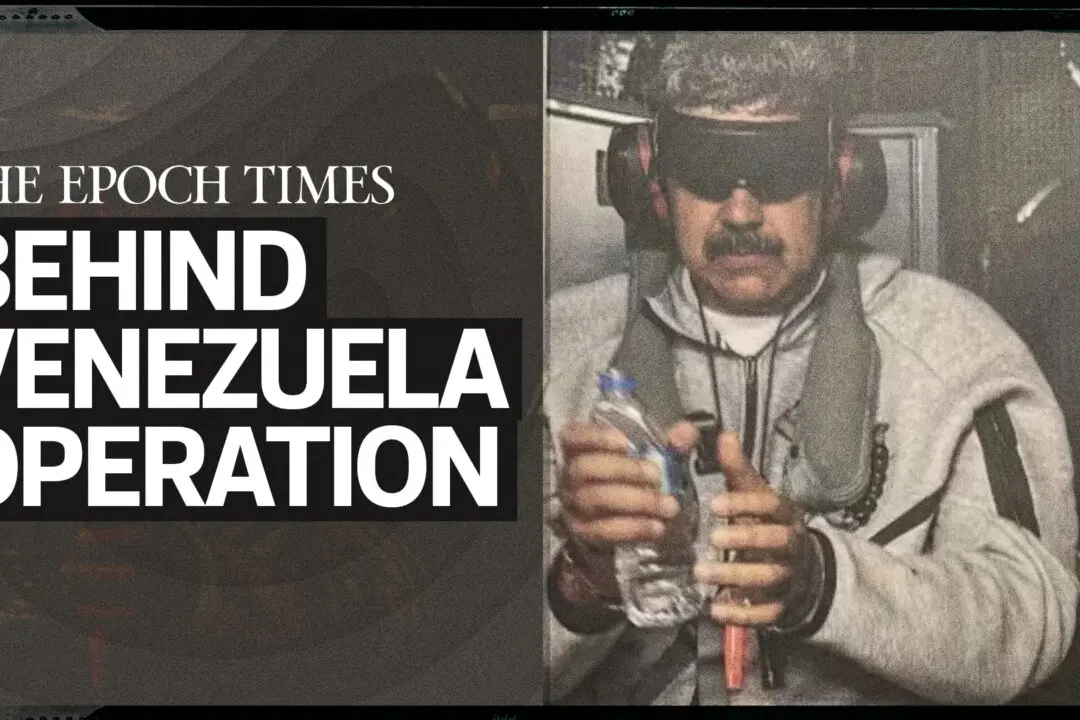The Allies’ victory 75 years ago in the battle of D-Day was hard-won by the men on the ground.
The day after American, British, and Canadian troops landed on the beaches of Normandy on June 6, 1944, Ernie Pyle—America’s most popular war correspondent—stood on the beach and wrote a recap of the battle that had taken place.





